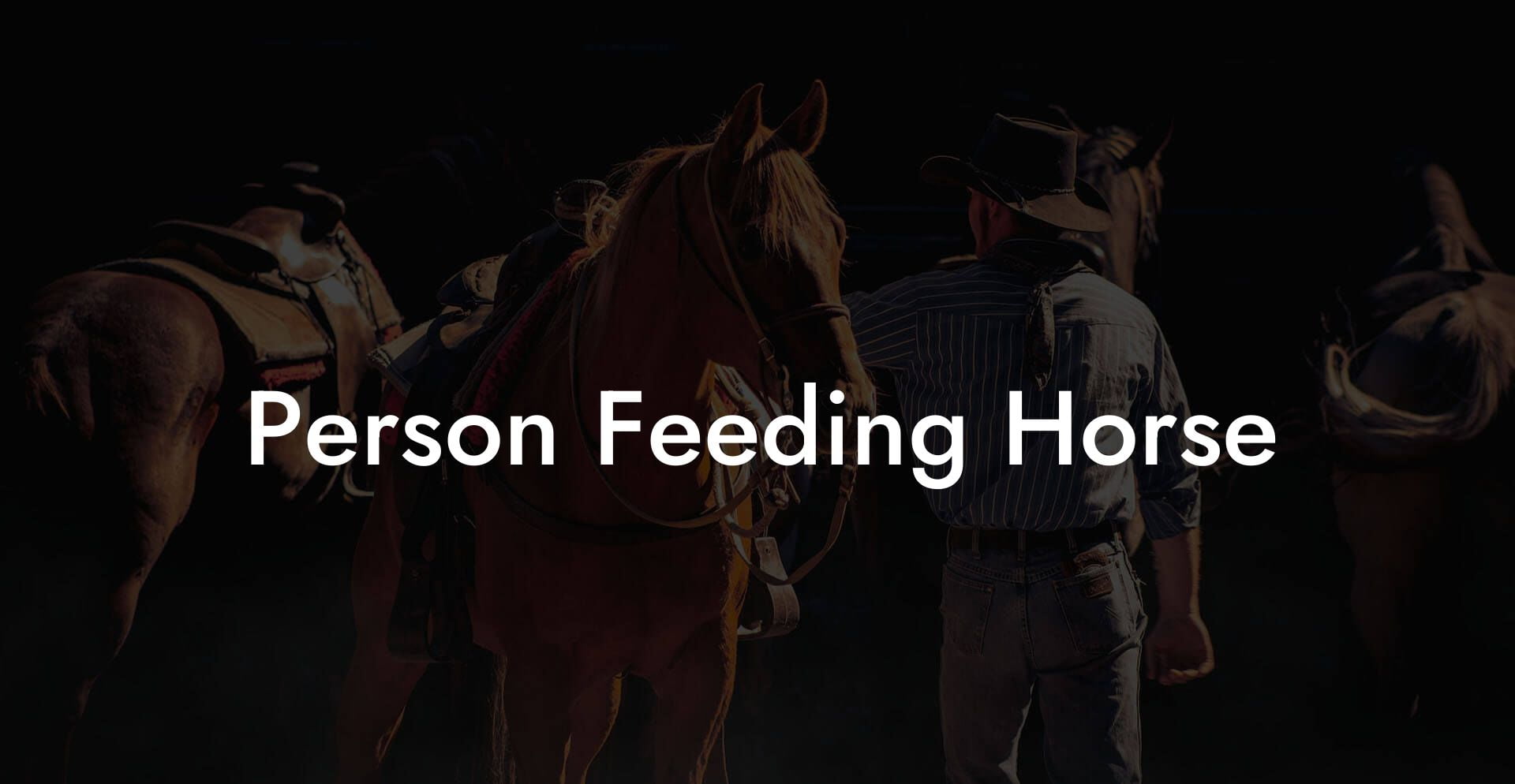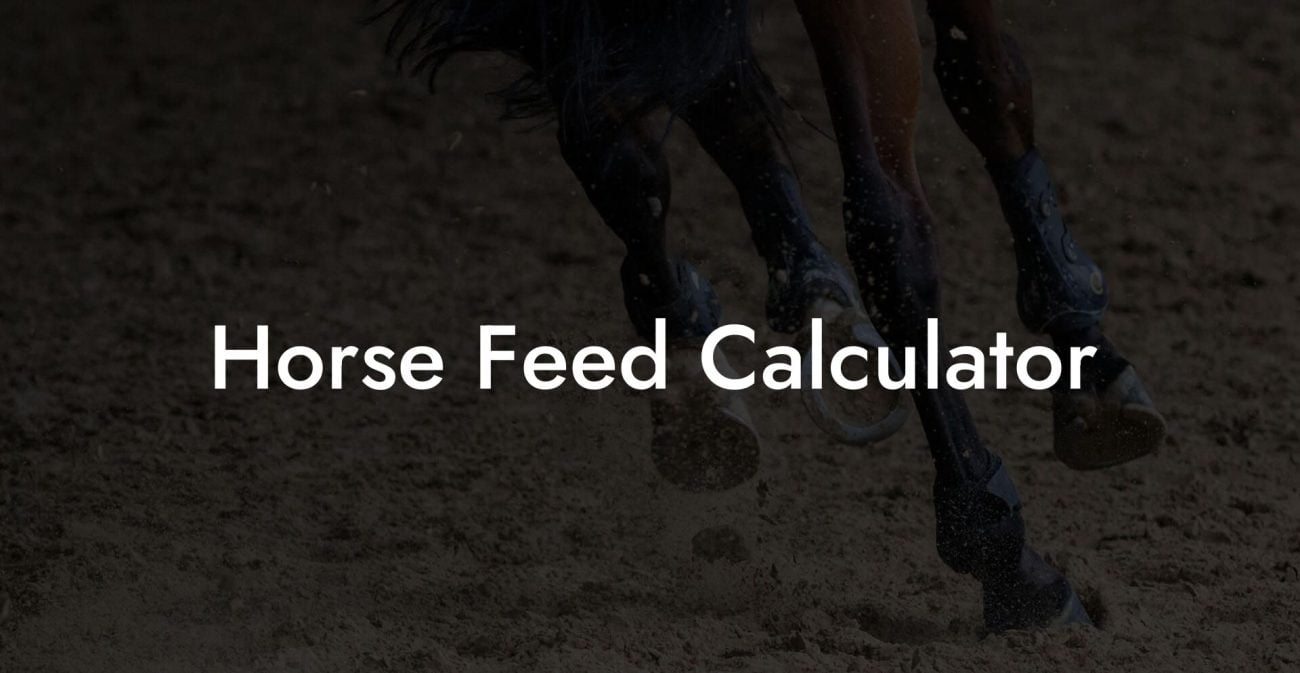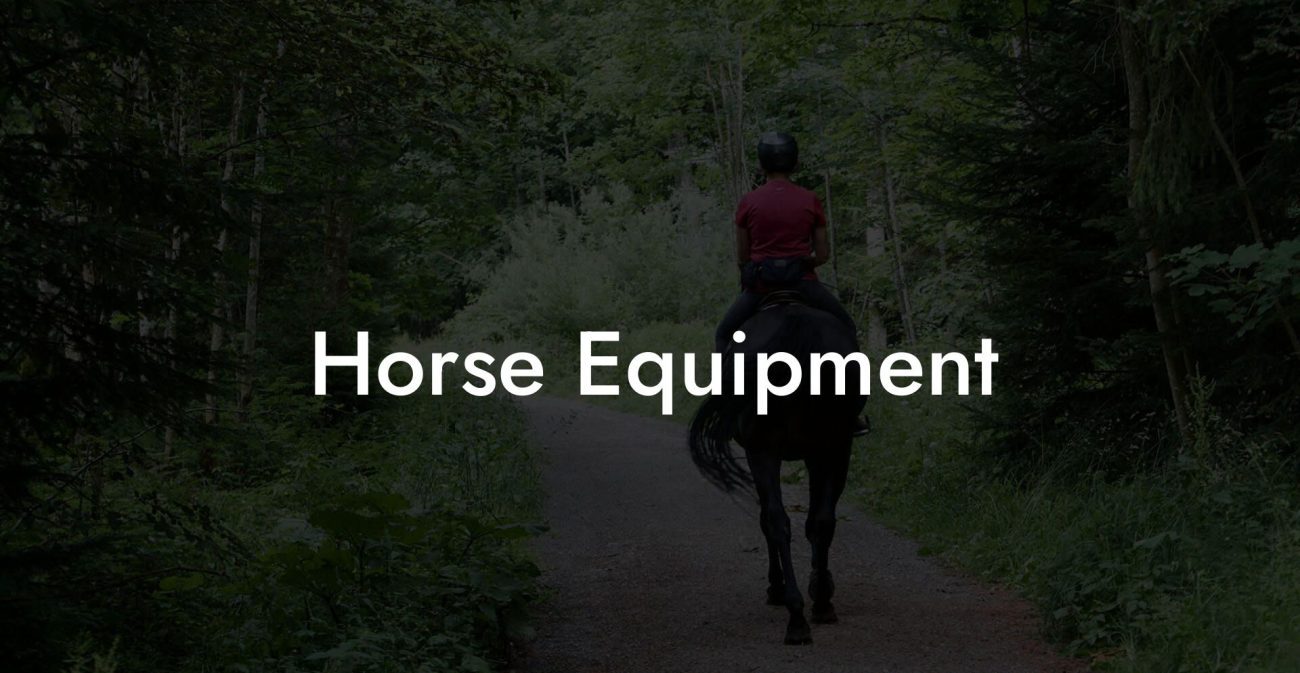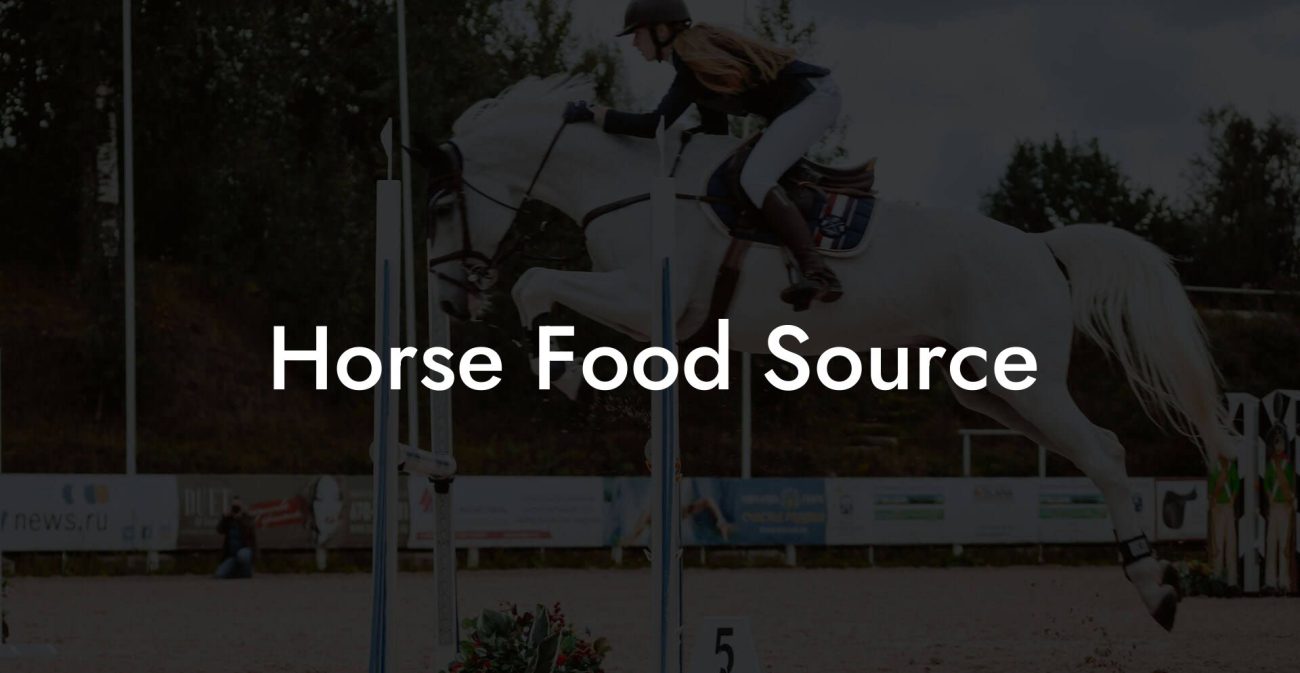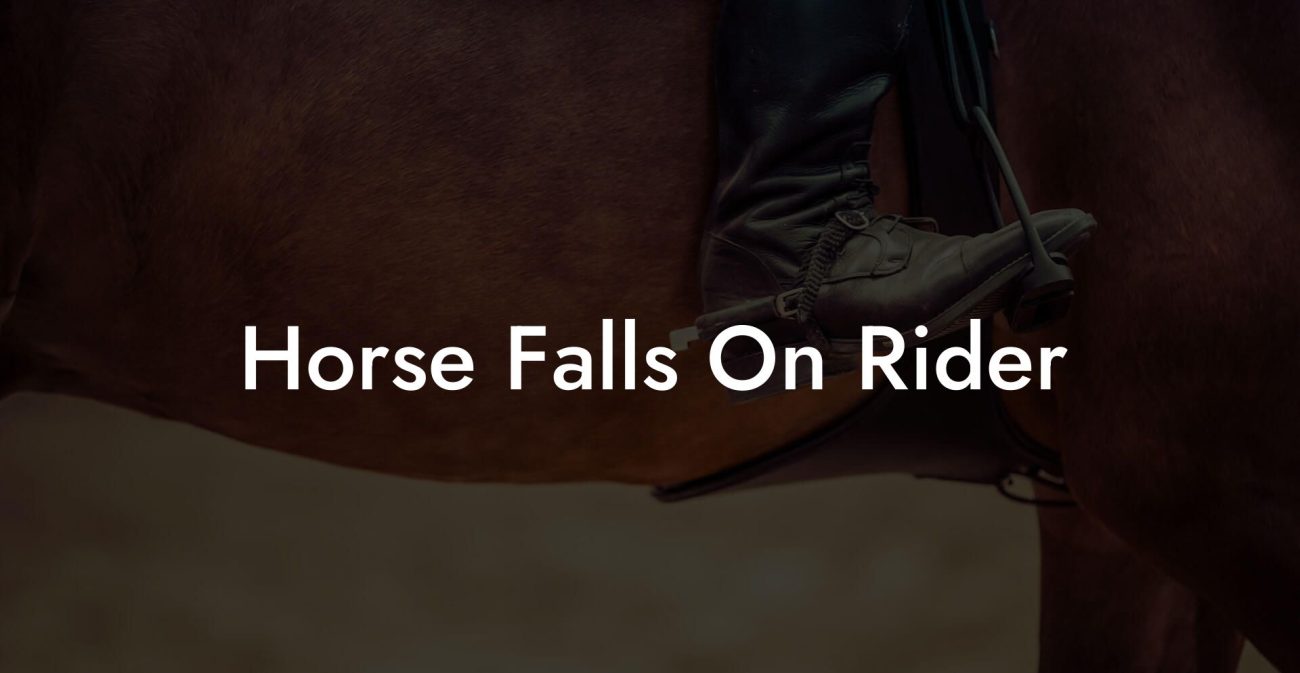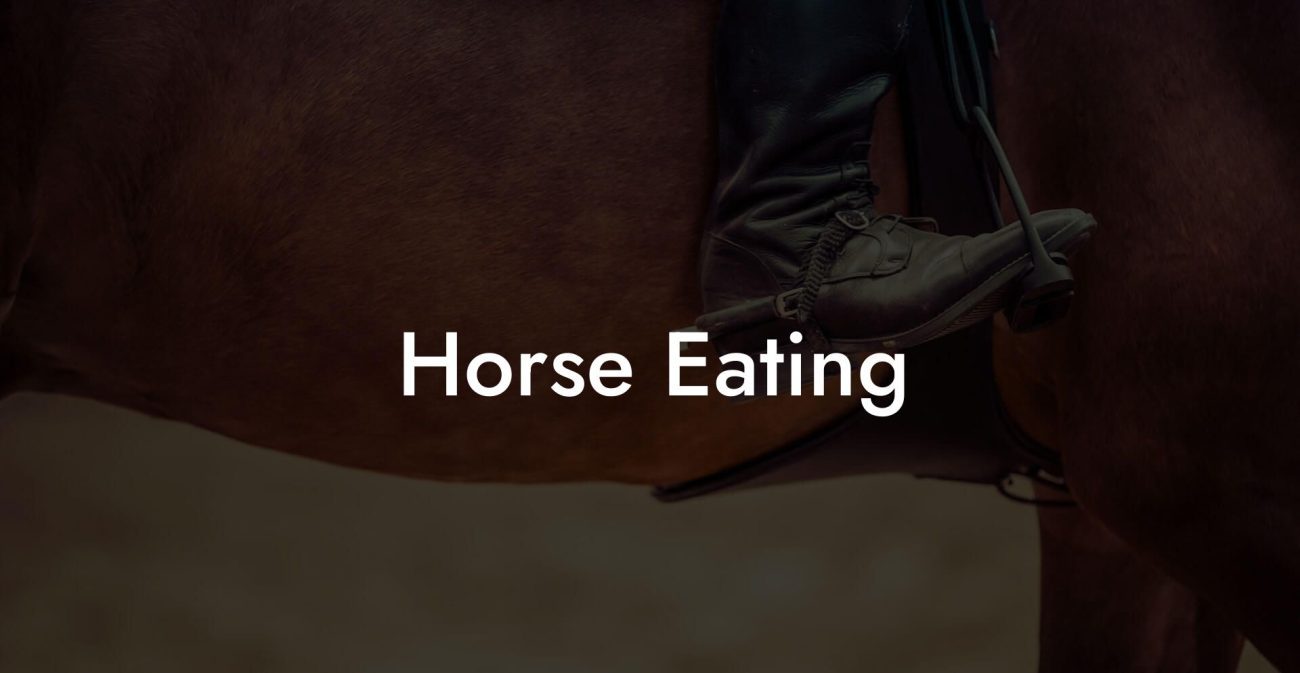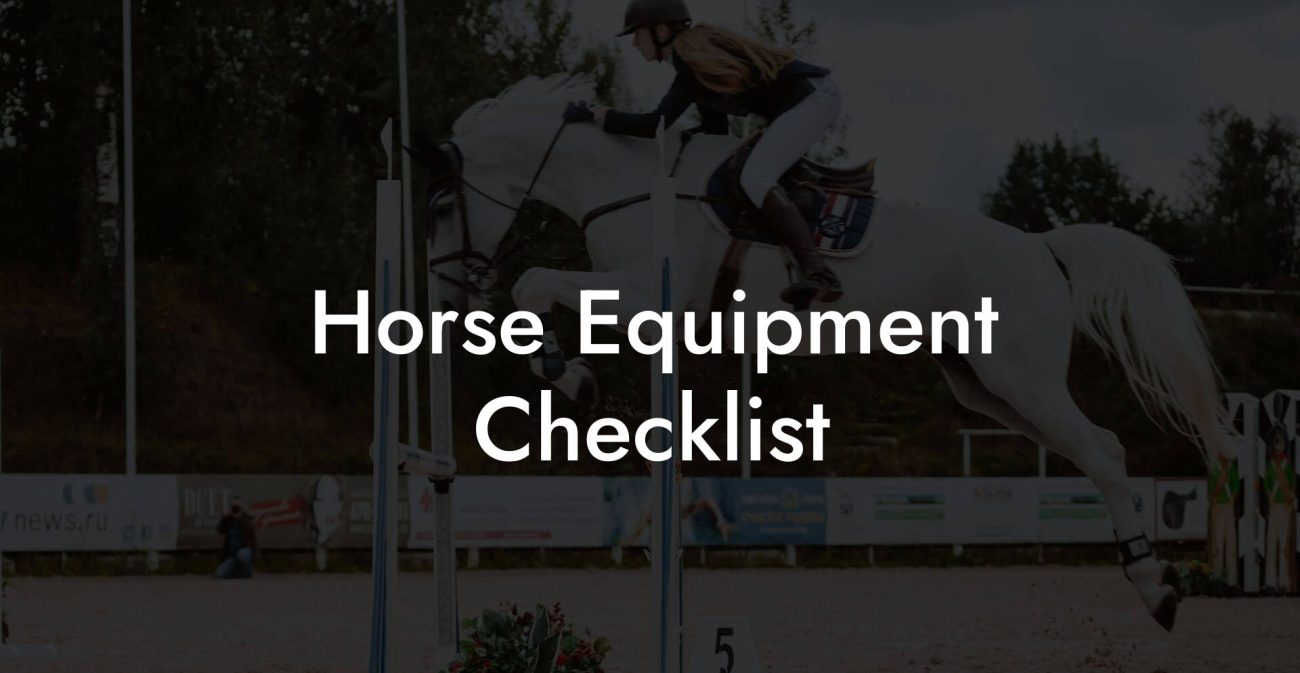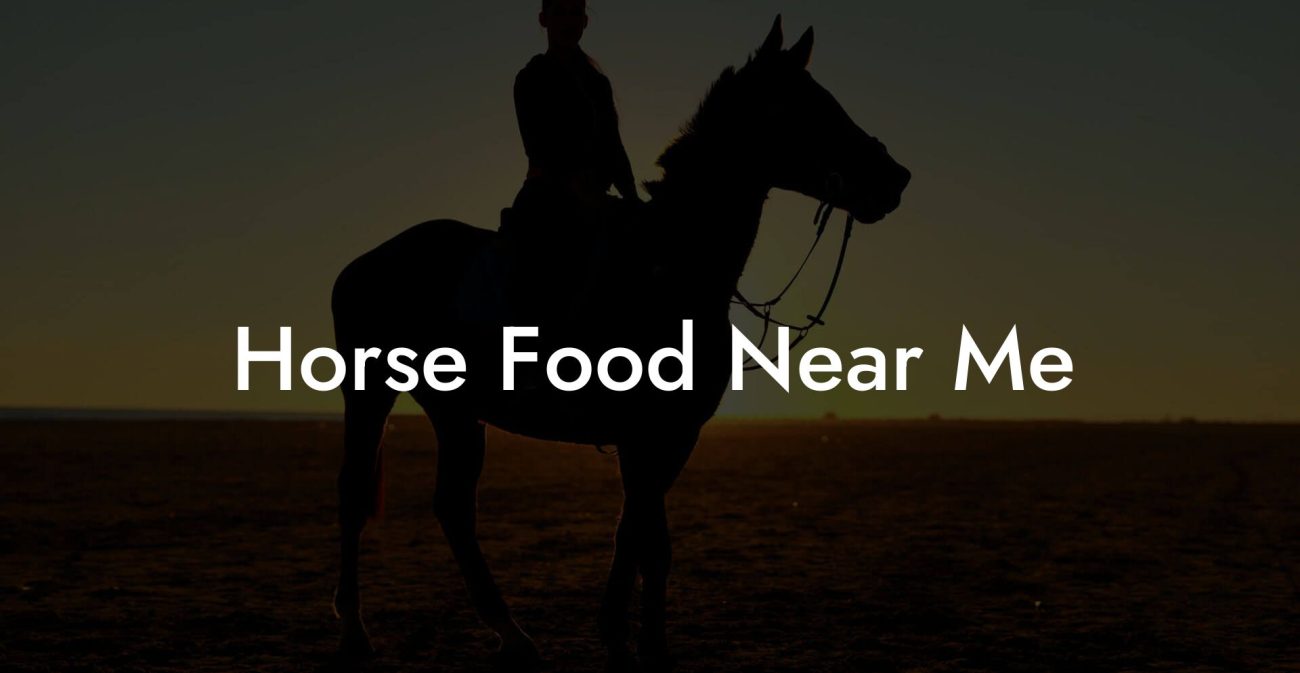The morning sun casts a warm, golden glow as you step into the paddock, a fresh bucket of feed in hand, ready to make the day extraordinary for your majestic equine companion. There’s something undeniably enchanting about the simple act of feeding a horse, a ritual steeped in care, tradition, and a pinch of modern flair that perfectly aligns with the vibrant, spirited lifestyles of Gen-Zers and millennials alike.
Quick Links to Useful Sections
- Embracing the Art of Equine nutrition: Beyond the Bucket
- The Science of Feeding Horses: Understanding Equine Digestion
- Choosing the Right Feed: A Balance Between Tradition and Trend
- Understanding Hay: The Cornerstone of Equine Diets
- The Role of Grains and Concentrates
- Exploring Alternative Feeds and Supplements
- Feeding Best Practices: Routine, Timing, and Temperature
- Establishing a Feeding Schedule
- Feeding Environment: Clean, Calm, and Comfortable
- Temperature and Moisture: Serving Food at Its Best
- Feeding Horses and Building a Bond: A Two-Way Street
- Equine Health Challenges: Common Feeding-Related Issues and Solutions
- Colic: Prevention Through Consistency
- Laminitis: A Matter of Balance
- Maintaining an Ideal Weight: Monitoring and Modifying Feed
- Caring for Your Feed: Storage, Rotation, and Quality Control
- Proper Storage Techniques
- Rotation and First-In, First-Out (FIFO) Practices
- Personalizing Your Horse’s Diet: Factors to Consider
- Age and Growth Stage
- Activity Level and Exercise Requirements
- Health Conditions and Dietary Considerations
- Harnessing Technology in Equine Feeding
- Smart Feeding Systems
- Mobile Apps and Digital Logs
- Resources and Community Support: Your Next Steps
- Case Studies: Real-Life Adventures in Equine Feeding
- Case Study 1: The Transformative Power of Organic Feed
- Case Study 2: A Digital Revolution in Feed Management
- Case Study 3: A Holistic Approach to Feeding and Bonding
- Crafting Your Personalized Equine Feeding Plan
- Step 1: Assess Your Horse’s Specific Needs
- Step 2: Define Clear, Measurable Goals
- Step 3: Integrate Multiple Nutritional Modalities
- Step 4: Establish a Routine and Monitor Consistently
- Step 5: Evaluate, Adjust, and Innovate
- Community-Driven Tips and Hacks for Modern Horse Feeding
- Hack #1: Soak Your Hay on Cool Mornings
- Hack #2: Rotate Feed Locations
- Hack #3: Use Mobile Apps for Feed Tracking
- Hack #4: Incorporate Treats That Are Nutritionally Sound
- Equine Feeding FAQs: Your Questions Answered
- Your Journey to Empowered Equine Nutrition and Care
Embracing the Art of Equine nutrition: Beyond the Bucket
Feeding a horse isn’t just about tossing hay or grains into a trough, it’s about nurturing a living being with specific dietary needs, a personality that demands respect, and a digestive system that’s as intricate as a gourmet kitchen. In today’s world of holistic lifestyles and sustainability, equine nutrition is evolving into an art form. Whether you're a seasoned equestrian or a curious newcomer drawn to the magic of horses, this comprehensive guide will walk you through everything you need to know about feeding your horse the right way.
In this guide, expect to delve into best practices, debunk common myths, and discover tips to create a feeding routine that’s both nutritious and delightful. With keywords like horse feeding schedule, equine nutrition, proper horse diet, and organic feed, we’re set to transform your approach to horse care into a holistic, high-energy experience.
The Science of Feeding Horses: Understanding Equine Digestion
Horses are herbivores with a unique digestive system, a delicate balance that requires steady, tailored nutrition. Unlike carnivores who can feast on large meals, horses thrive on consistent, small portions of fibrous feed delivered throughout the day. Their digestive system is designed to keep things moving, similar to a conveyor belt straight from a trendy artisanal bakery.
The equine digestive tract involves a large hindgut, where fermentation of fibrous materials occurs, breaking down complex carbohydrates into energy-rich compounds. This makes the timing and quality of feed essential. Keywords like hay quality, grain intake, equine digestive health, and proper feeding intervals bring the spotlight to a well-rounded nutritional strategy.
Understanding the nuances of the horse’s digestive system isn’t just about science, it’s about respect. By catering to their natural rhythms, you help prevent problems like colic and laminitis, ensuring your horse remains a vibrant part of your daily adventures.
Choosing the Right Feed: A Balance Between Tradition and Trend
When it comes to feeding horses, one must consider both the timeless wisdom of traditional diets and the modern innovations that have revolutionized equine care. The choices are abundant, from the classic hay and grain diets to alternative organic feeds and supplements that promise to elevate your horse’s overall well-being.
Understanding Hay: The Cornerstone of Equine Diets
For centuries, hay has been the staple of every horse’s diet. It is more than just dried grass, it’s a vital source of fiber that supports the horse’s digestive process. But not all hay is created equal. Whether it’s Timothy, Bermuda, or orchard grass, quality matters. Look for hay that’s green, fragrant, and free from dust and mold.
Today’s equine enthusiasts are pushing the boundaries by exploring organically grown hay, free from pesticides and herbicides, ensuring that your horse’s plate is as green as your eco-credentials.
The Role of Grains and Concentrates
While hay forms the backbone of a horse’s nutritional intake, grains provide additional calories and essential nutrients. Options like oats, barley, and corn have their time-tested benefits, but they must be used judiciously. Overfeeding concentrates can lead to imbalances, resulting in weight gain or digestive disturbances, a topic that often sparks debates on modern equine blogs and forums.
Ideally, grains should complement, not dominate, the overall diet. The emphasis should be on moderation, ensuring that your horse enjoys a balanced diet that fuels its athleticism and vitality.
Exploring Alternative Feeds and Supplements
For those looking to upgrade their horse’s diet with a contemporary twist, the world of alternative feeds offers plenty of exciting options. Pasture mixes, legumes like alfalfa, and specially formulated organic pellets are gaining traction among millennial horse owners. These innovative options combine nutritional density with a commitment to sustainability.
Adding natural supplements, such as omega-3 fatty acids, probiotics, and herbal blends, can further enhance digestive health and boost stamina. It’s all about creating a nourishing, holistic approach that aligns with both equine biology and your progressive, eco-conscious spirit.
Feeding Best Practices: Routine, Timing, and Temperature
Just like us, horses thrive on routine and consistency. Establishing a regular feeding schedule is key to maintaining their digestive health, mood, and overall performance. A well-structured feeding routine can mitigate risks like colic and digestive upset, ensuring that your horse stays in prime condition for gallops and leisurely strolls alike.
Establishing a Feeding Schedule
Horses are designed to graze continuously. In modern riding arenas, this means scheduling multiple, smaller meals rather than a few large ones. Whether early in the morning, mid-day, or late afternoon, ensure that feedings occur at regular intervals to mimic natural grazing habits. Use keywords such as horse feeding schedule, regular equine meals, and grazing pattern to emphasize the importance of consistency.
Consider splitting the daily ration into 3-4 smaller portions, which keeps their digestive system humming along smoothly. This routine not only improves digestion but also helps in maintaining stable energy levels throughout the day.
Feeding Environment: Clean, Calm, and Comfortable
The location and conditions under which feeding occurs can impact a horse’s well-being significantly. A clean, dust-free, and quiet feeding area minimizes distractions and stress. When feeding your horse, ensure the area is well-ventilated and that there is enough space for easy movement, a detail often overlooked by busy modern riders.
An optimal feeding environment can also help prevent the spread of diseases and maintain overall hygiene. Integrate tips like “equine stable management,” “clean feeding practices,” and “stress-free feeding zones” to naturally boost your page’s search visibility.
Temperature and Moisture: Serving Food at Its Best
Serving feed at the right temperature and moisture level can significantly impact its palatability and nutritional value. Fresh, cool hay and slightly moistened grains can be more appealing, particularly in extreme weather conditions. Discover techniques such as soaking hay in warm water during cold snaps to soften fibers and make them easier to chew, ideal for older or dental-challenged horses.
Soaking grains slightly can also help reduce dust and improve digestibility, making them a smarter choice for those mindful of their horse’s respiratory health.
Feeding Horses and Building a Bond: A Two-Way Street
Beyond nutrition, feeding is an intimate ritual that deepens the connection between you and your horse. It’s a moment of shared calm and trust, a chance for your equine friend to sense your care and dedication.
While you’re busy ensuring the right diet and schedule, remember that your interaction during feeding time could be as enriching as the nutrients themselves. Speak softly, pet gently, and take the time to understand their cues and preferences. This mutual understanding lays the foundation for a relationship that's as rewarding emotionally as it is physically.
Incorporating this human element into your feeding routine aligns with modern trends emphasizing mental health and well-being, for both you and your horse. It’s not just about calories and proteins; it’s about love, trust, and companionship.
Equine Health Challenges: Common Feeding-Related Issues and Solutions
Even with the best care, equine feeding can run into challenges that require your immediate attention. Conditions like colic, laminitis, and weight management issues can often be linked to dietary mishaps. Recognizing these issues early can make the difference between a minor hiccup and a major health setback.
Colic: Prevention Through Consistency
Colic is one of the most common digestive ailments in horses, an umbrella term for abdominal pain that can range from mild discomfort to severe, life-threatening conditions. Sudden changes in feed, large concentrated meals, or poor-quality hay can trigger colic episodes. Prevention is key: maintain feeding consistency, avoid abrupt dietary changes, and ensure access to fresh water at all times.
Pay attention to environmental stressors too. Overcrowded stables or rapid changes in temperature can stress your horse’s system. By sticking to routine feeding practices, you reduce the risk of colic and ensure that your horse remains in peak condition.
Laminitis: A Matter of Balance
Laminitis, the painful inflammation of the tissues (laminae) bonding the hoof wall to the pedal bone, can sometimes be linked to dietary imbalances, especially an overload of sugars and starches. To minimize this risk, avoid excessive feeding of high-starch grains and sugary forage. Instead, opt for low-sugar feeds, more fibrous hay, and consider supplements that support metabolic balance.
Integrating keywords like “prevention of laminitis,” “balanced equine diet,” and “hoof health” can help guide readers to proven strategies to keep their equine friends trotting comfortably.
Maintaining an Ideal Weight: Monitoring and Modifying Feed
Just like humans, horses can struggle with weight, too little or too much. Overconditioning can lead to metabolic disorders, while underfeeding makes them susceptible to weakness and illness. Regular monitoring of body condition scores (BCS) and adjusting feed portions accordingly is essential.
Modern horse owners love digital tools and mobile apps that help track feed intake, weight, and exercise levels. Embracing these technologies not only optimizes feeding practices but also enhances overall equine management.
Caring for Your Feed: Storage, Rotation, and Quality Control
Feeding your horse isn’t just about what goes into their mouth, but also about how you manage and store the feed. Poor storage can result in spoilage, mold growth, or pest infestation, all of which can compromise your horse’s health.
Proper Storage Techniques
Secure, dry, and well-ventilated storage is essential for preserving feed quality. Hay should be kept off the ground, away from moisture, and ideally stored in a shed or barn that prevents direct exposure to the elements. Grains and concentrates, too, should be stored in sealed containers to ward off moisture and pests.
Using keywords like “feed storage tips,” “preserving hay quality,” and “preventing feed spoilage” not only improves your SEO ranking but also educates fellow horse owners on sustainable practices.
Rotation and First-In, First-Out (FIFO) Practices
Implementing a first-in, first-out (FIFO) system ensures that older feed is used before newer stock, reducing waste and ensuring your horse always gets the freshest nutrients. This method is especially important for those managing larger stables or multiple equine companions.
Keeping a detailed feed log can help monitor quantities, expiration dates, and overall consumption patterns, empowering you with the data needed to make informed decisions about your horse’s diet.
Personalizing Your Horse’s Diet: Factors to Consider
Every horse is unique, and while there are general principles for proper feeding, individual needs can vary widely. Factors such as age, breed, activity level, health status, and even personality play a role in determining the ideal diet.
Age and Growth Stage
Young horses and growing foals require a diet rich in proteins and balanced with sufficient energy to support development. In contrast, mature horses may need a diet that maintains muscle tone and supports joint health without promoting weight gain. Senior horses might benefit from feeds enhanced with joint supplements and easily digestible fibers.
Tailoring the diet to the life stage not only enhances performance but also promotes longevity, a winning strategy for both horse and owner.
Activity Level and Exercise Requirements
Is your horse a high-energy competitor, a regular trail rider, or a gentle pasture explorer? The answer to this question can significantly influence the feeding regimen. Active horses need more calories and possibly increased protein, whereas less active ones require fewer calories to prevent obesity.
Utilize phrases like “performance horse nutrition,” “adequate energy intake,” and “tailored equine feeding plans” to highlight the customized approach that modern equine care demands.
Health Conditions and Dietary Considerations
Health conditions such as metabolic syndrome, allergies, and digestive sensitivities call for specialized diets. Consulting with an equine nutritionist or veterinarian can help craft a balanced plan that addresses these unique requirements while ensuring consistent performance.
Customized diets are increasingly popular among health-conscious horse owners who blend data-driven insights with traditional care to take the guesswork out of feeding.
Harnessing Technology in Equine Feeding
In our digitally connected age, technology is revolutionizing how we manage and optimize horse care. From smart feeders to mobile tracking apps, tech is becoming an invaluable ally in ensuring that your equine friend is fed optimally.
Smart Feeding Systems
Imagine a feeding system that not only dispenses feed at scheduled intervals but also tracks consumption and alerts you to any irregularities. These smart systems are gradually transforming traditional stables into tech-savvy hubs, providing real-time data that helps you fine-tune feeding routines. With sensors that monitor temperature and moisture, you can prevent spoilage and ensure your horse’s feed is always at its best.
Mobile Apps and Digital Logs
Keeping track of your horse’s diet, weight, and feeding schedule is now easier than ever with dedicated mobile apps. These digital logs can help you record and analyze patterns, predict future needs, and simply stay organized. For busy modern horse owners, it’s a seamless way to merge traditional wisdom with cutting-edge innovation.
Resources and Community Support: Your Next Steps
The journey to mastering equine nutrition is as dynamic as it is rewarding. Countless resources are available to help you along the way, from online forums and social media groups to local equine clubs and veterinary consultations. Join communities where you can share experiences, ask questions, and discover new feeding strategies.
Consider following popular equestrian influencers, subscribing to newsletters specializing in horse care, and attending workshops or webinars dedicated to equine nutrition. These resources not only offer invaluable insights but also connect you with like-minded horse enthusiasts passionate about the future of animal care.
Whether you’re looking for innovative tech tools, sustainable feeding practices, or simply a supportive community of fellow horse lovers, take the next step in empowering your equine care journey today.
Case Studies: Real-Life Adventures in Equine Feeding
The magic of feeding a horse truly comes alive when you see its impact in real life. Let’s dive into some inspiring case studies that demonstrate how modern feeding strategies, combined with age-old wisdom, have transformed equine lives.
Case Study 1: The Transformative Power of Organic Feed
Meet Luna, a spirited mare known for her speed and elegance. Her owner, a tech-savvy millennial, decided to switch to an organic, locally-sourced hay and supplement regimen after noticing subtle signs of digestive discomfort. By gradually introducing microbial-rich organic feeds and integrating smart feeders that tracked Luna’s intake, her performance improved dramatically. Not only did Luna exhibit higher energy levels, but her overall demeanor became more playful and balanced.
This transformation underscores the profound impact that quality ingredients and precise feeding techniques can have on a horse’s well-being.
Case Study 2: A Digital Revolution in Feed Management
Jack, an award-winning show jumper, was once plagued by irregular feeding routines and inconsistent performance. His owner, a Gen-Z enthusiast with a deep passion for data-driven insights, implemented a smart feeding system paired with a mobile app that tracked every bite. The system ensured that Jack’s meals were both evenly distributed and meticulously recorded. Over time, the digital logs revealed patterns that led to minor yet significant adjustments in meal times and portion sizes, resulting in noticeable improvements in Jack’s agility and stamina.
By embracing technology, this case study demonstrates how modern equine care can blend tradition with innovation for optimal results.
Case Study 3: A Holistic Approach to Feeding and Bonding
Rosie, a gentle yet resilient quarter horse, thrived under the care of an owner who saw feeding time as an opportunity for bonding rather than a mere chore. Incorporating mindfulness techniques during feedings, like soft music and calm, measured interactions, Rosie not only developed a healthier weight and improved digestion but also deepened the mutual trust between her and her owner. This holistic strategy empowered them both, proving that emotional well-being is as crucial to equine health as the food itself.
These case studies illustrate that a well-rounded approach, where nutrition, technology, and emotional care intersect, can yield remarkable transformational benefits in equine health.
Crafting Your Personalized Equine Feeding Plan
Developing a tailored feeding plan for your horse is an evolving journey, one that requires informed decisions, consistent evaluations, and a willingness to adapt. Here’s a step-by-step guide to help you create a plan that marries tradition with innovation:
Step 1: Assess Your Horse’s Specific Needs
Begin by evaluating your horse’s age, activity level, and any underlying health conditions. Consult with a veterinarian or equine nutritionist to understand the baseline nutritional requirements. Detailed assessments will help you decide on the ideal balance of hay, grains, and supplemental feeds.
Step 2: Define Clear, Measurable Goals
Identify what you hope to achieve with your feeding plan, whether it’s enhancing performance, managing weight, or improving digestive health. Setting measurable goals, such as improved energy levels or a lower body condition score, will keep you motivated and help track progress over time.
Step 3: Integrate Multiple Nutritional Modalities
A well-designed feeding plan harmoniously combines traditional staples like high-quality hay with innovative supplements and alternative feeds. Consider integrating:
- Organic, pesticide-free hay varieties
- Grains and concentrates in moderation
- Natural supplements including omega-3 fatty acids and probiotics
- Technologically advanced feeding systems for real-time monitoring
Step 4: Establish a Routine and Monitor Consistently
Healthcare for horses thrives on consistency. Develop a daily feeding schedule that respects your horse’s natural grazing habits. Utilize digital tools to log daily intake and note any changes in behavior, weight, or performance.
Step 5: Evaluate, Adjust, and Innovate
Keep a close eye on your horse’s progress, and be ready to adjust the plan as needed. Regular check-ups with your equine healthcare professional, combined with a flexible feeding schedule, will ensure that your horse continues to flourish.
By creating a personalized feeding plan, you’re not just feeding your horse, you’re investing in its long-term health, performance, and happiness.
Community-Driven Tips and Hacks for Modern Horse Feeding
In today’s interconnected world, the wisdom of the crowd is only a few clicks away. Thousands of horse lovers on social media, blogs, and forums share tried-and-tested tips on feeding and caring for horses. Here are some popular hacks embraced by the community:
Hack #1: Soak Your Hay on Cool Mornings
For horses sensitive to dust or older horses with dental issues, lightly soaking hay can be a game-changer. It softens the fibers and minimizes dust, making each bite more enjoyable and nutritious.
Hack #2: Rotate Feed Locations
Change up the feeding spots within the stable or pasture. This encourages natural grazing behavior and prevents boredom, keeping your horse both physically and mentally stimulated.
Hack #3: Use Mobile Apps for Feed Tracking
Modern apps allow you to log how much your horse eats, track weight changes, and even set reminders for feeding times. Embracing technology makes your life easier and your horse’s care more precise.
Hack #4: Incorporate Treats That Are Nutritionally Sound
Instead of reaching for processed treats, opt for natural snacks like carrots, apples, or specially formulated equine treats. This keeps snack time healthy and is a fun way to reinforce positive behavior.
Sharing these hacks in online communities not only boosts your own knowledge but also helps the equine care community grow stronger and more innovative.
Equine Feeding FAQs: Your Questions Answered
Below are some frequently asked questions about feeding horses, along with informative answers to help you navigate the intricacies of equine nutrition:
1. What is the ideal feeding schedule for a horse?
Horses thrive on multiple small meals throughout the day. A typical schedule includes 3-4 feedings, ensuring steady digestion and energy levels.
2. How do I know if my horse’s hay is of good quality?
Look for hay that is green, fragrant, and free from excessive dust or mold. High-quality hay maintains a vibrant color and has a pleasant, earthy scent.
3. Should I incorporate grains in my horse’s diet?
Grains can be a useful calorie boost and nutrient source, but they should complement fiber-rich hay and should be fed in moderation to prevent digestive issues.
4. What are some natural supplements that can benefit a horse’s digestion?
Natural supplements like omega-3 fatty acids, probiotics, and herbal blends can aid digestion and reduce inflammation. Always consult with a veterinarian before introducing new supplements.
5. How can technology improve the feeding process?
Smart feeders and mobile apps help track feed intake, manage portions, and monitor your horse’s overall health, making feeding routines more efficient and data-driven.
6. What steps can I take to prevent feeding-related health issues?
Ensure a consistent feeding schedule, maintain high-quality feed and storage, and regularly consult with equine nutrition experts to keep your horse healthy and happy.
7. Is it necessary to change my horse’s diet with the seasons?
Yes, seasonal changes can affect your horse’s nutritional needs. Winter may require additional calories and warm-up feeds, while summer might call for more hydration and lighter forage.
Your Journey to Empowered Equine Nutrition and Care
The art of feeding a horse is a blend of science, care, technology, and a deep, soulful connection between you and your majestic animal companion. It’s about embracing tradition while staying open to modern innovations, a holistic approach that ensures every meal is a celebration of health, vitality, and trust.
As you refine your feeding routine and experiment with new techniques, remember that every thoughtful decision contributes to a thriving partnership. From carefully selected hay and balanced grains to the smart integrations of technology and heartwarming moments of connection, your efforts lead to a happier, healthier horse.
With this guide as your roadmap, step confidently into the world of modern equine care. Embrace the challenges, learn from the community, and let each feeding session remind you that nurturing your horse is a profound act of love, one that fuels both body and soul.
The journey to empowered equine nutrition and care is ongoing, dynamic, and ultimately rewarding. Here’s to every shared sunrise in the paddock, every innovative tip you implement, and every moment that reaffirms the unique, unbreakable bond between you and your horse.

